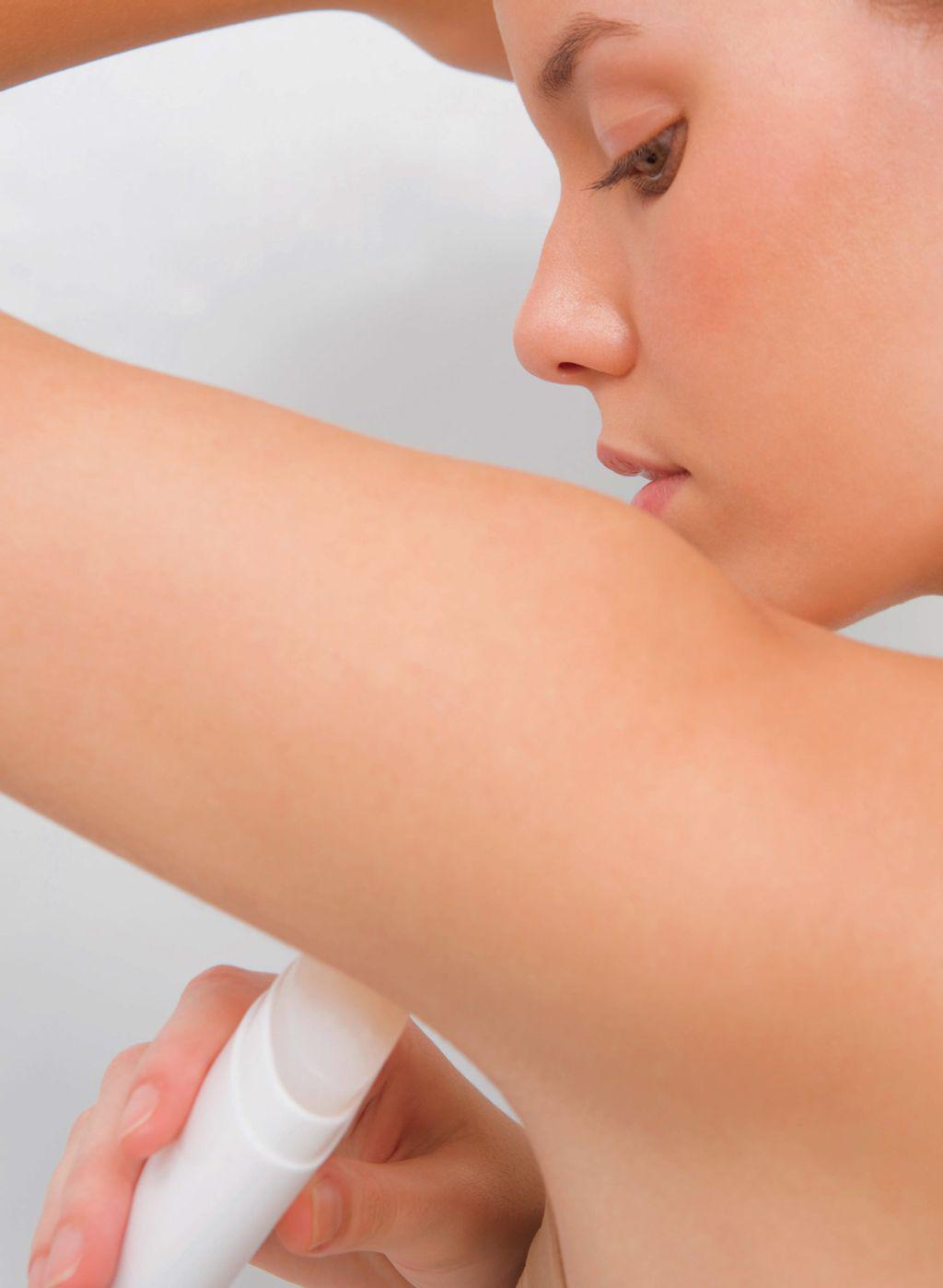Treating the unmentionables


Most people have had to deal with an embarrassing health issue at some stage of their life, and have unfortunately felt too self-conscious to ask for help. These conditions are usually an indication of some underlying health issue and can usually be treated effectively with natural medicines and a change in diet. In this article we delve into five common health complaints we often don’t like to discuss — bad breath, body odour, flatulence, dandruff and thrush — and we show you how to treat them naturally with healing foods, herbs and nutritional supplements.
Bad breath
Chronic bad breath, also known as halitosis or oral malodour, can be a very unpleasant and embarrassing condition. Some people with bad breath are not even aware that they have a problem. Bad breath is commonly caused by bacteria found in the mouth that let off smelly volatile sulphur compounds. These bacteria are naturally present on the back of the tongue, on gums and teeth and in the throat.
Bad breath is commonly caused by poor oral hygiene. A build-up of plaque on teeth, gum disease, gingivitis and an abscess are common causes of bad breath. Consuming particular foods, coffee and alcohol can also cause your breath to smell, but this is usually only temporary. People who breathe through their mouth, and those with a postnasal drip or oral thrush can suffer from halitosis. Smoking, extreme dieting and certain health conditions such as heartburn, diabetes mellitus or liver disease are also associated with bad breath.
To cure bad breath you need to treat the root of the problem, not just reach for a temporary solution like mouthwash or chewing gum. Commercial mouthwashes contain chemicals and alcohol which have been reported to be associated with an increased the risk of oral cancer.
Good oral care
The first line of defence against bad breath is good oral hygiene. It’s important to brush and floss at least twice a day to make sure there’s no leftover food particles stuck in between your teeth and gums. Regular check-ups with your dentist are also essential to identify any cavities or gum disease.
Dehydration and having a dry mouth can also contribute to bad breath.
The back of the tongue is a breeding ground for bacteria and a common cause of bad breath. This is why it is a good idea to clean your tongue whenever you brush your teeth to help remove any bacteria and decaying food debris. While cleaning your tongue with your toothbrush is effective, using a tongue scraper can be even better. Using a tongue cleaner can reduce volatile sulphur compounds on the tongue by 75 per cent, compared to using a toothbrush which reduces them by 45 per cent.
Most people find that their breath is worst in the morning due to our mouth being exposed to less oxygen during the night. This allows anaerobic bacteria in the mouth to flourish and start producing foul-smelling odours and typical “morning breath”.
Oral thrush
A thin white coating on the tongue is considered perfectly normal and healthy. If the coating is thick though, this is usually a sign that you have oral thrush. This is a type of yeast infection of the mouth that can cause bad breath. If you suspect
You’re reading a preview, subscribe to read more.
Start your free 30 days



